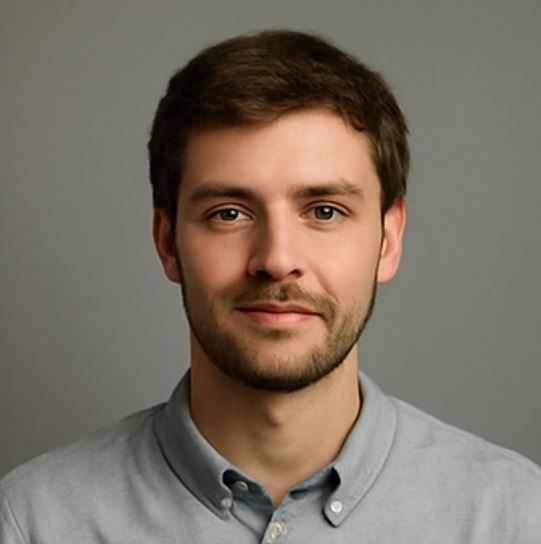New cultural hotspot: Tempelhof’s Neue Mitte” is taking shape!
Senator Sarah Wedl-Wilson visits Tempelhof-Schöneberg to promote cultural projects and housing plans.

New cultural hotspot: Tempelhof’s Neue Mitte” is taking shape!
On October 10, 2025, Senator Sarah Wedl-Wilson visited the Tempelhof-Schöneberg district to find out about current developments in the cultural and educational landscape. At her side were Cerstin Richter-Kotowski, State Secretary for Culture, and Oliver Friederici, State Secretary for Social Cohesion. The visit included a comprehensive tour of various cultural institutions in the district, led by district councilor Tobias Dollase and Stefan Bruns, the head of further education and culture. Those present showed particular enthusiasm for the Alte Mälzerei in Lichtenrade, which impressed with its cultural offerings.
A central topic of the visit was the presentation of the “Neue Mitte Tempelhof” project in the Tempelhof town hall. This project, which was launched by the Senate Department for Urban Development and Housing in collaboration with the Tempelhof-Schöneberg district office, aims to create a cultural and social center. Plans include, among other things, a culture and education center on Tempelhofer Damm, an expansion of the town hall and a new building for a police station and a city swimming pool. In addition, around 500 new apartments are to be built on state-owned land in order to create affordable living space.
Focus on culture and education
As part of the visit, the senator and those involved also discussed important topics such as district cultural work, the Office for Further Education and Culture and current budget issues in a roundtable discussion in the district central library on Götzstrasse. In addition, the importance of a “building scan” for all cultural buildings in Tempelhof-Schöneberg was highlighted.
A significant part of the “Neue Mitte Tempelhof” consists of a total of 20 projects, which are divided into five core themes. This also includes the expansion of educational, childcare and leisure activities as well as the renovation of parks and green spaces. District mayor Angelika Schöttler emphasized the creation of an identity-forming place as part of these plans. In order to ensure close coordination, the district specialist offices and the affected Senate administration are already involved in the planning.
Integration of social infrastructure
The plans are not only aimed at structural development, but are also based on the “Social Infrastructure Concept” (SIKo) for Tempelhof-Schöneberg. This concept aims to identify existing capacities and future needs in the area of public daycare centers, schools and social institutions. Through area screening, unused or underused potential areas are to be discovered and included in further planning. The aim is to use space multiple times by several facilities in order to use resources efficiently.
The update of the SIKo was recently completed and the findings are now being incorporated into current and future projects. A workshop process lasting several months in the summer of 2019 already enabled initial citizen participation, which will be continued intensively as part of further planning.
The stage for these dynamic developments is set by cultural accompaniments such as the performance of an alphorn ensemble, bagpipe players from the Leo Kestenberg Music School and improvisational theater by lecturers from the adult education center, who created a lively atmosphere during the visit.
Overall, it is a promising step towards the further development of the district and the creation of a vibrant cultural and social center that will meet the needs of local residents.

 Suche
Suche
